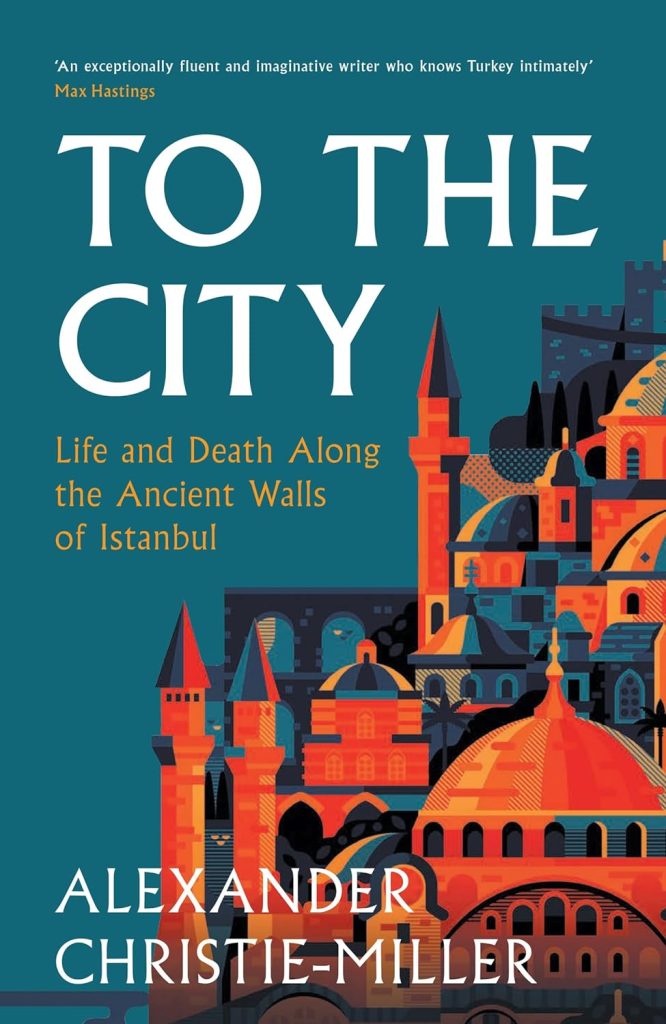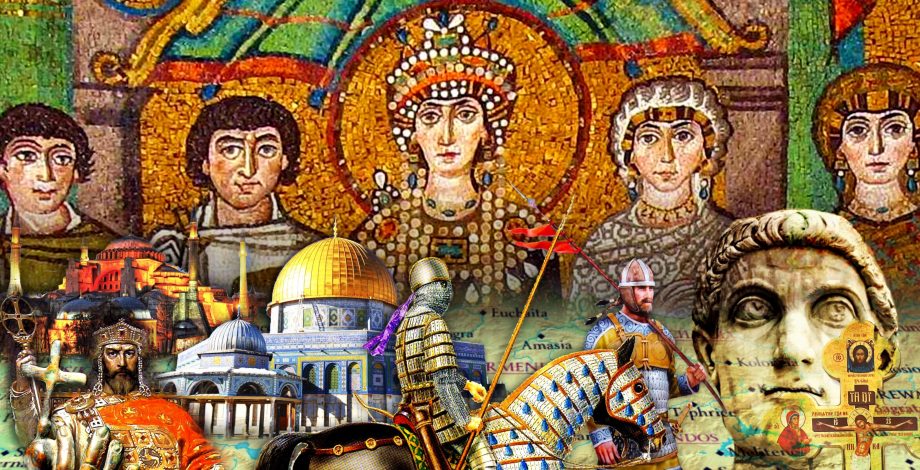
Alexander Christie-Miller was the Turkish correspondent for the Times Newspaper between 2010 and 2017. He has written a book called ‘To the City’ about the people who live along the Theodosian Walls in Istanbul today. He tells the story and charts the sweeping changes they’ve experienced in Turkey over the past 50 years. It’s a brilliant read, ideal for those of you who have visited Istanbul or plan to.
Alexander Christie-Miller is from Wiltshire in the UK, studied in Dublin and was then in Istanbul for 7 years. He was the Times Turkish correspondent during that period and his writing has also appeared in Newsweek, The Atlantic, Der Spiegel and the White Review amongst other publications.
Stream: Episode 284 – To The City with Alexander Christie Miller
Download: Episode 284 – To The City with Alexander Christie Miller
RSS Feed: The History of Byzantium
If you want to send in feedback to the podcast:
– Either comment on this post.
– Or on the facebook page.
– Leave a review on Itunes.

Robin,
I did not read the book, and I am thus likely to do a disfavor to the author for the criticisms I will throw at him. I apologize for that.
‘To the City’ (is, as stated in the write-up) about the people who live along the Theodosian Walls in Istanbul today. He tells the story and charts the sweeping changes they’ve experienced in Turkey over the past 50 years. In fact, the discussion of the podcast often veered beyond the period stated and into past history.
At the moment the author confessed that he was not able to interview any Rum, I just turned off my headphones, so to speak! The people that lived within the walls say 100 years ago were mostly Christians, Rum, Armenian, Jews, Latins and others. There are still a bunch of them there. Among which is the Ecumenical Patriarchate, the 2nd most important institution of the Roman Empire which has been in existence there for 1700 years! The current Muslim population within the walls are mostly newcomers/Anatolian transplants from the 1950’s/60’s/70’s.
Among other weaknesses in the narrative of the podcast, I will highlight the cultural attitude of Erdogan’s Turkey (not only) for unabashed cultural appropriation and disrespect for religious freedom of minorities. This is reflected in the jingoistic way celebrations of the conquest of Istanbul is observed, the way in which Hagia Sophia and Chora Monastery were converted from museums to mosques, the pogrom against Greeks, Armenians, Jews of 6/7 September 1955, and much more.
The United States Commission on International Religious Freedom (USCIRF) released a report last November on the threats to Religious Sites in Turkey, including places of worship, religious institutions, and cemeteries, and outlines important aspects of the ongoing plight of the Ecumenical Patriarchate of Constantinople. The link is here. https://archons.org/us-commission-releases-new-report-examination-of-threats-to-religious-sites-in-turkey/
These are the stories that should resonate with the readers of “To The City” to provide context and balance to the history and the way forward for the most beautiful and historic city of the world. And the way forward is not by jingoism, nationalism, religious extremism, appropriations, but through accommodation, understanding, respect, co-existence of Turkey with its shared history.
Respectfully,
Dr. Harry G. Dimopoulos
Naples, FL
Dear Dr Dimopoulos,
Thank you for your criticisms and no need to apologise for them. I would like to add a couple of things though further to what Robin and I touched on in the podcast. I did interview someone from the Rum community for the book, namely the editor of Apoyevmatini, the newspaper which served the city’s Greek community. In addition I discussed at length events such as the 1955 pogrom, Erdogan’s recent conversion of the Hagia Sophia and the Chora monastery, and the insensitive and ahistorical restoration of the Palace of the Porphyrogennitus and other monuments. In terms of the Rum community around the walls today, I should say that my geographical focus was very narrowly based on the neighbourhoods immediately abutting the walls, and so did not include Fener, where the patriarchate is located. These neighbourhoods adjacent to the walls (Ayvansaray, Yedikule, Mevlanakapi, Silivrikapi, Karagumruk, and a couple of others) have either entirely or very nearly been emptied of the old non-Muslim minorities who, as you correctly say, once formed the majority of the population in these places a century ago. The contemporary portion of my book focused on the lives of the people living there today, who are overwhelmingly Turkish, Kurdish or from refugee populations, but I do also explain the tragic historical background and the ethnic cleansing that gave rise to the current reality.
This is now where, predictably, I urge to you read the book before judging. I can’t promise you will like it, but I would strongly dispute that it erases or minimises the history of the Rum population in Istanbul,
All the best,
Alexander Christie-Miller
Sorry if